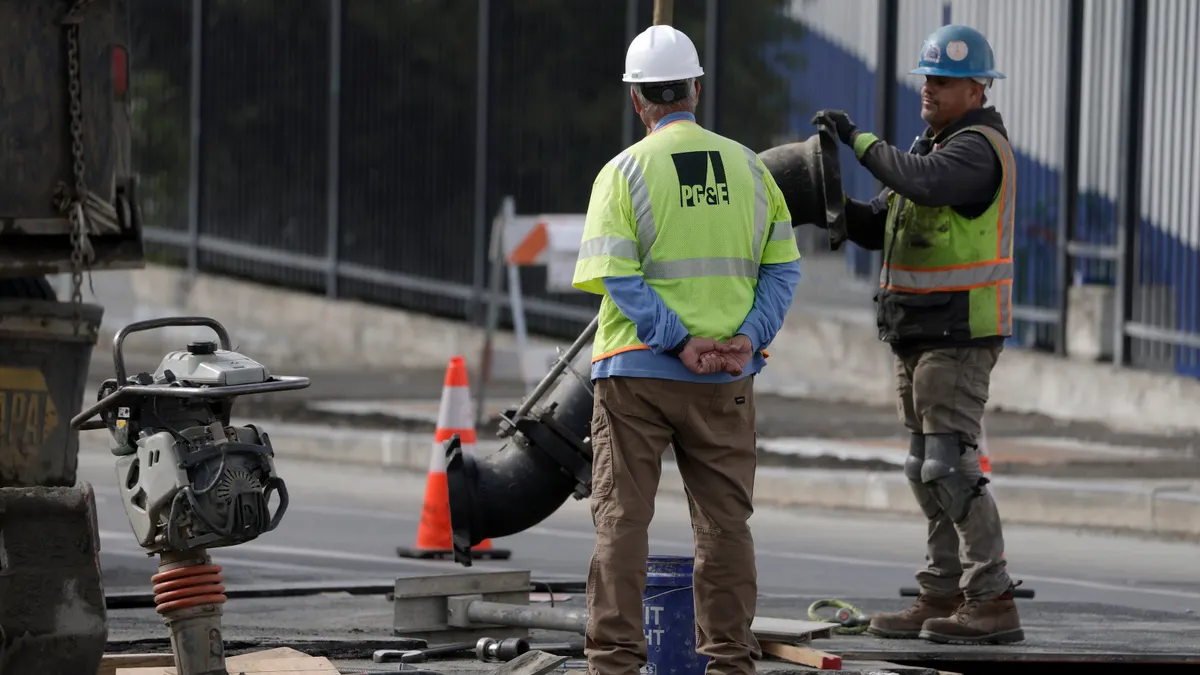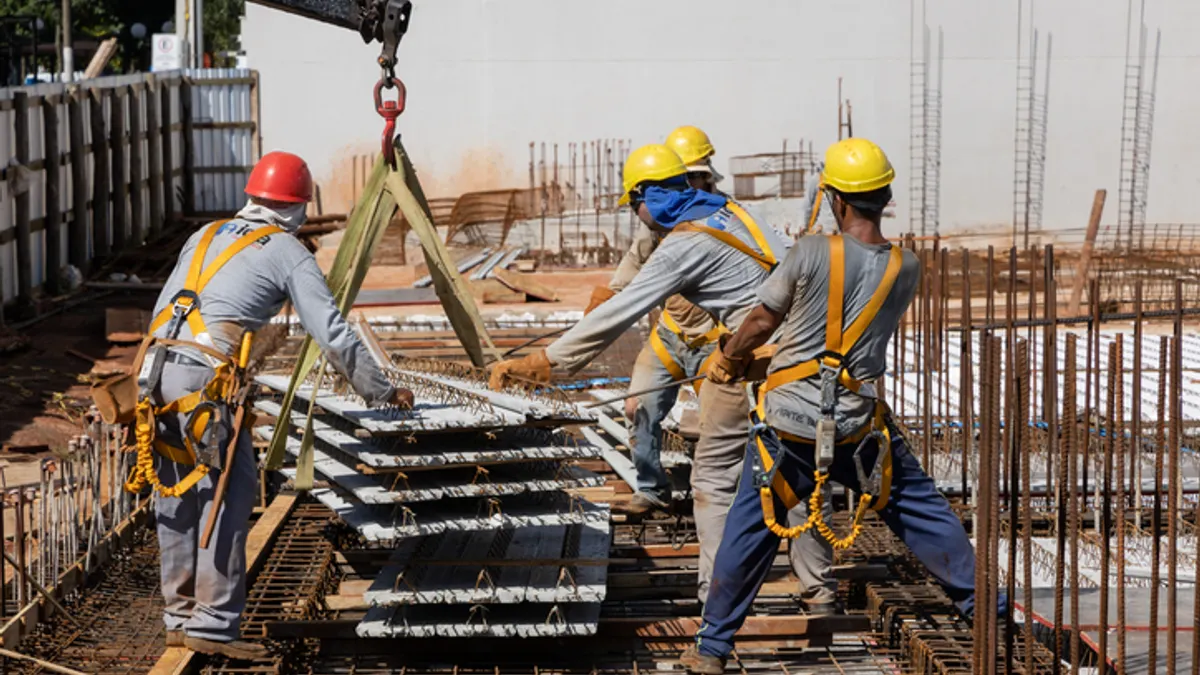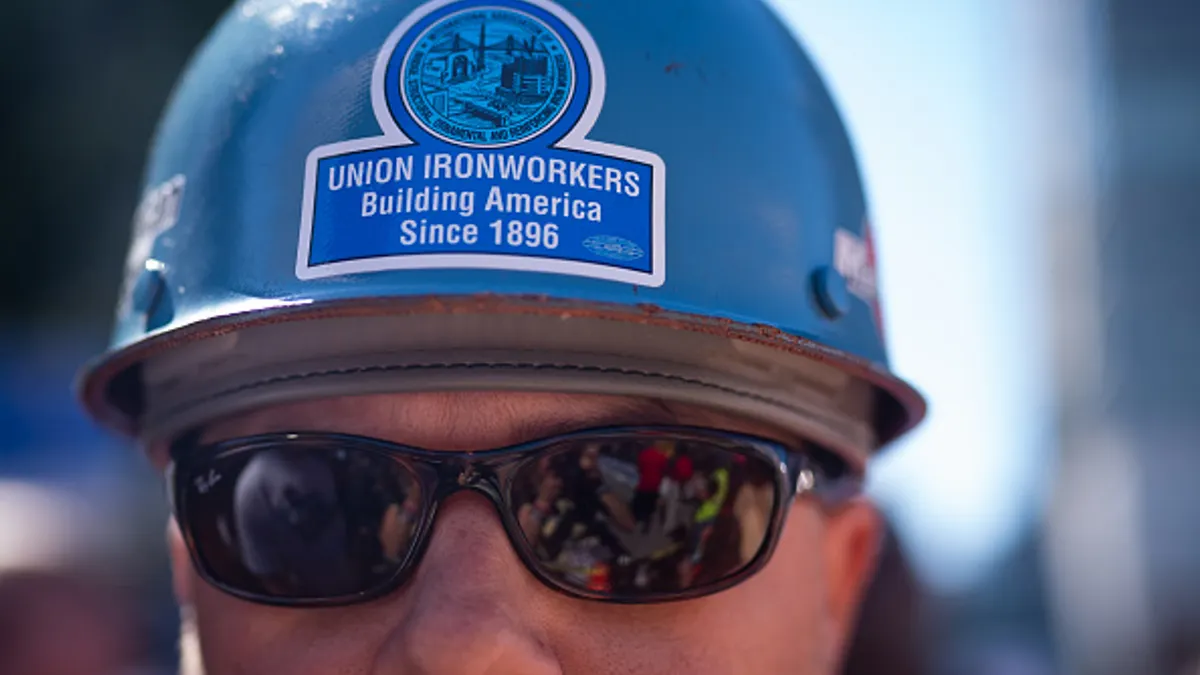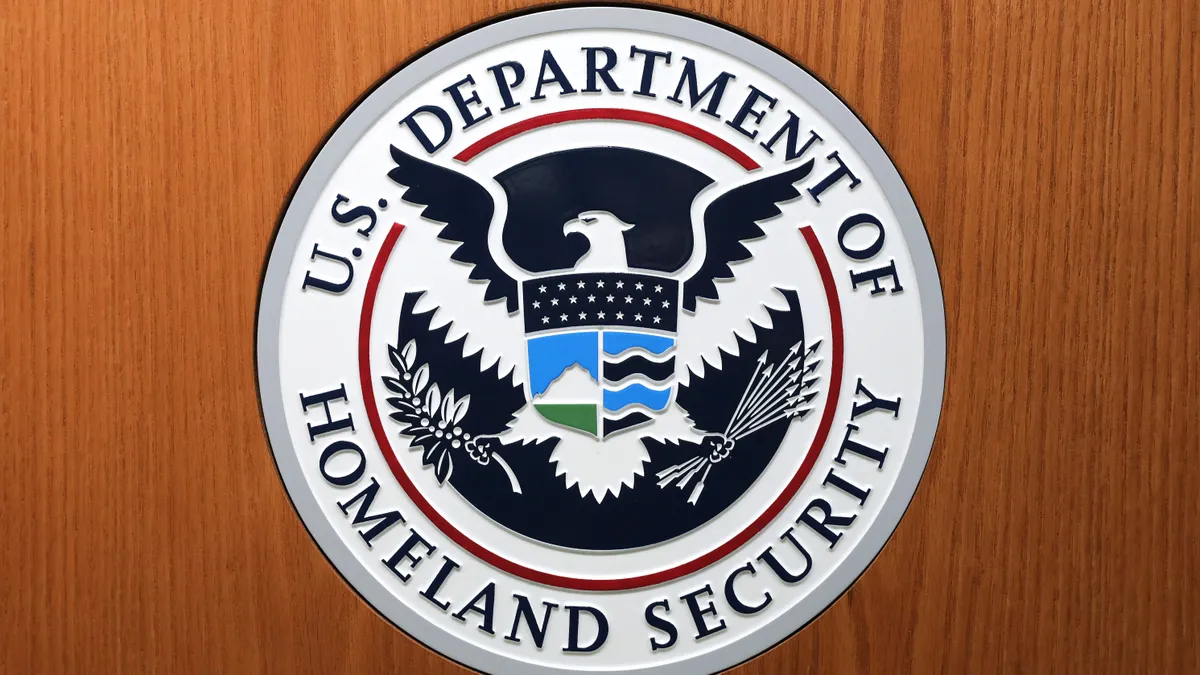ORLANDO, Fla. — From walkaround rules and proposed heat standards to a vacant review commission and a new president with new priorities, a lot has changed in the world of workplace regulations in recent months.
A presentation this week during the American Society of Safety Professionals 2025 Conference + Expo sought to shed some light on these issues and more. Here are some of the important topics they touched on:
Heat safety standard
Last summer, under former President Joe Biden, OSHA proposed a standard around heat injury and illness prevention. Employers decried the rule, saying it was overly burdensome and far too broad. Many lamented the acclimatization requirements and lack of geography-specific guidance.
When President Donald Trump entered the White House for a second time, it seemed the rule would likely vanish. That is, until a series of OSHA hearings this summer hinted at a potential second life for a rule, albeit a drastically edited one.
“When Trump was elected I think I was among the first to say, ‘I think we should move forward with some rule,’” said Heather MacDougall, corporate safety attorney and former vice president of safety for Amazon.
MacDougall, who represented the U.S. Chamber of Commerce in hearings about the heat safety rule, and others have emphasized the value of a heat standard rule that is more performance-based — measuring employers’ capacity to create and follow a plan to protect workers — rather than a detailed prescriptive plan that can be challenging to meet.
To achieve such a plan, MacDougall said, it may be better to advance the rule under Trump or another business-friendly administration, rather than in a Democrat-held White House.
Jim Frederick, principal for Washington, D.C.-based consulting firm NexusHSE and former deputy assistant secretary of OSHA under Biden, worked at the agency at the time of the proposed rule’s development. As a result, he couldn’t speak to the contents of the rule at Tuesday’s presentation.
Nonetheless, he lauded the number of businesses and employee groups responding to the rule with detailed input as “phenomenal” and underlined how far industries have come in recognizing the hazard.
A decade ago, Frederick said, he heard a lot of “we’re not, we can’t, we won’t” in terms of creating a safer work environment in response to high temperatures.
“The conversation has shifted dramatically around heat safety,” he said.
Walkaround rule
Biden’s OSHA also published and enacted the employee walkaround rule, which expanded the categories of people who could serve as worker representatives and accompany an OSHA inspector on a jobsite.
The goal of the rule was to clarify a long-held interpretation and clarify the “crux of the idea that the OSH Act gives employees the right to walk around during an inspection,” Frederick said.
But opponents of the rule say it raises questions of liability and safety, and potentially opens the door to third-party representatives on the jobsite that would otherwise have no place there.
MacDougall, however, took issue with the walkaround rule, disagreeing with OSHA’s claim that it was a clarification. She believes the language goes far beyond that, and that the rule actually violates an employer’s right to prevent third parties outside of the federal government from accessing a workplace.
The rule was promptly challenged in the U.S. District Court for the Western District of Texas, and both MacDougall and Frederick say they anticipate a ruling on its legality soon.
Other changes
All three seats are currently vacant at the Occupational Safety and Health Review Commission, an independent agency that issues decisions when OSHA citations or penalties are contested. MacDougall said that means challenges that would go before OSHRC merely expire after 30 days, before the cases would then be sent to an appeals court.
Though Trump nominated Jon Snare, deputy solicitor of labor for the Department of Labor, in March, he has yet to be approved, and that would still leave no quorum, according to Bloomberg.
“I’m concerned this is an approach to sort of let the review commission wither on the vine,” said MacDougall, a former chair of the commission appointed during the first Trump administration.
Another recent OSHA development saw the agency seek to change the application of the General Duties Clause for athletic and entertainment occupations, stemming from a decision around a 2014 SeaWorld court case, where current Supreme Court Justice Brett Kavanaugh dissented, indicating the vague wording of the clause didn’t give OSHA the authority to eliminate obviously hazardous aspects of a profession.
The shift, for now, appears to focus on those sectors, but Frederick said he understood the viewpoint that the agency could expand it to other professions, such as construction, based on the wording of the proposal.























